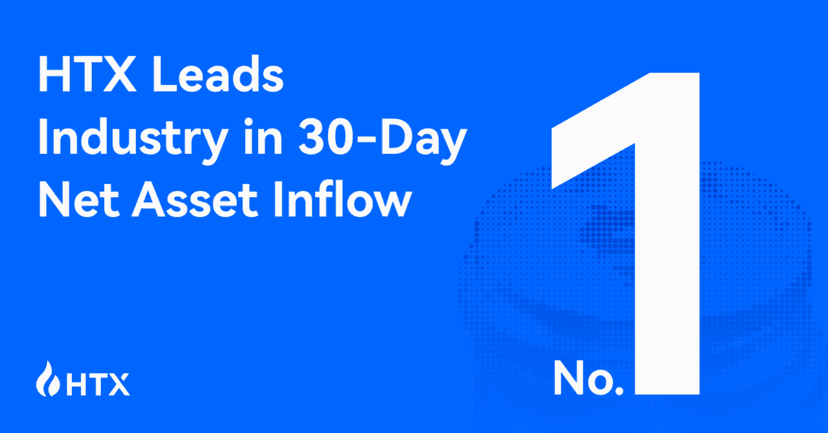About TRON (TRX)
TRON (TRX) is a blockchain platform aimed at enabling decentralised applications (dApps) and content sharing, using a Delegated Proof-of-Stake (DPoS) consensus mechanism. This allows TRX holders to vote for a select group of super representatives who validate transactions and create new blocks,...
TRON is designed for high scalability, processing over 2,000 transactions per second through its architecture that separates storage, core, and application layers. This structure not only supports rapid transactions but also allows developers to create and deploy smart contracts easily, fostering a...
TRON (TRX) has key use cases in entertainment, gaming, and decentralised finance (DeFi). In content sharing, creators can publish and monetise their work directly on the TRON blockchain, avoiding intermediaries. For instance, platforms like BitTorrent, integrated with TRON, enable users to share...
In gaming, TRON allows developers to create decentralised games where players can own in-game assets as non-fungible tokens (NFTs), boosting user engagement. Additionally, TRON supports DeFi applications for lending, borrowing, and trading, providing a comprehensive ecosystem for financial services...
TRON (TRX) operates on a tokenomics model with a total supply of 100 billion TRX tokens, initially distributed through an Initial Coin Offering (ICO) and subsequent allocations. This includes distributions for the TRON Foundation, developers, and community incentives, ensuring balanced ecosystem...
The token supply is fixed, maintaining scarcity, while demand for TRX is driven by its utility in content monetisation, dApps, and the expanding DeFi sector, all influencing its market dynamics.
TRON employs a strong security framework based on its DPoS consensus mechanism, enhancing efficiency and security. TRX holders vote for super representatives who validate transactions and produce new blocks approximately every three seconds, decentralising power and incentivising representatives to...
TRON also uses cryptographic techniques to secure transactions and protect user data, with regular software updates and community governance further bolstering the network's resilience against potential threats. These features ensure a secure and reliable environment for users and developers within...
Since its launch in 2017, TRON's development roadmap has seen significant milestones. The TRON MainNet launched in May 2018, transitioning from Ethereum-based tokens to its own blockchain. In 2019, TRON acquired BitTorrent, enhancing its content-sharing capabilities.
Subsequent updates have focused on improving scalability, security, and user experience, with the TRON 4.0 upgrade in 2020 introducing privacy protection and DeFi capabilities. TRON continues to evolve with ongoing enhancements and community-driven initiatives aimed at fostering a decentralised...
How to Safeguard Your TRON (TRX) Holdings
To bolster the security of your TRON (TRX) assets, consider using a hardware wallet, which offers a secure offline environment for storing your private keys, reducing exposure to online threats; popular choices in the UK include Ledger and Trezor.
For managing private keys, always generate and store them in a secure location, and never disclose them to anyone; using a password manager can enhance your security. Stay vigilant against common threats like phishing scams and malware; mitigate these risks by enabling two-factor authentication on...
Consider implementing multi-signature security options, which require multiple keys to authorise transactions, providing an additional layer of protection. Finally, establish a comprehensive backup strategy by securely storing copies of your wallet seed phrases and private keys in various physical...
Understanding How TRON (TRX) Functions
TRON operates on a decentralised blockchain framework designed for high throughput and scalability. It employs a Delegated Proof-of-Stake (DPoS) consensus mechanism, enabling TRON holders to vote for Super Representatives who validate transactions and create new blocks, enhancing overall efficiency.
The transaction validation process involves these Super Representatives confirming transactions and adding them to the blockchain, ensuring quick processing times. Network security is upheld through a mix of cryptographic techniques and the DPoS mechanism, reducing centralisation risks and...

